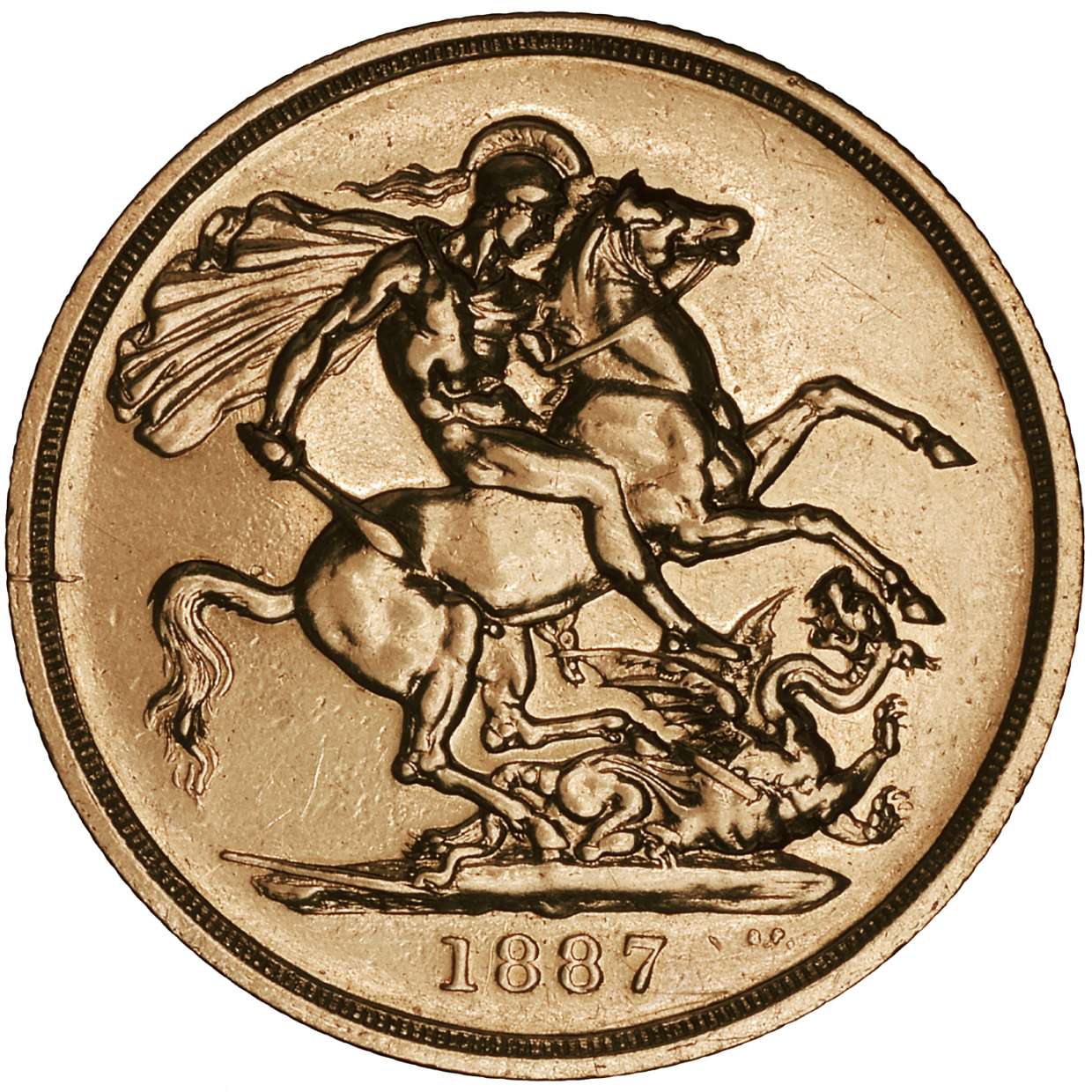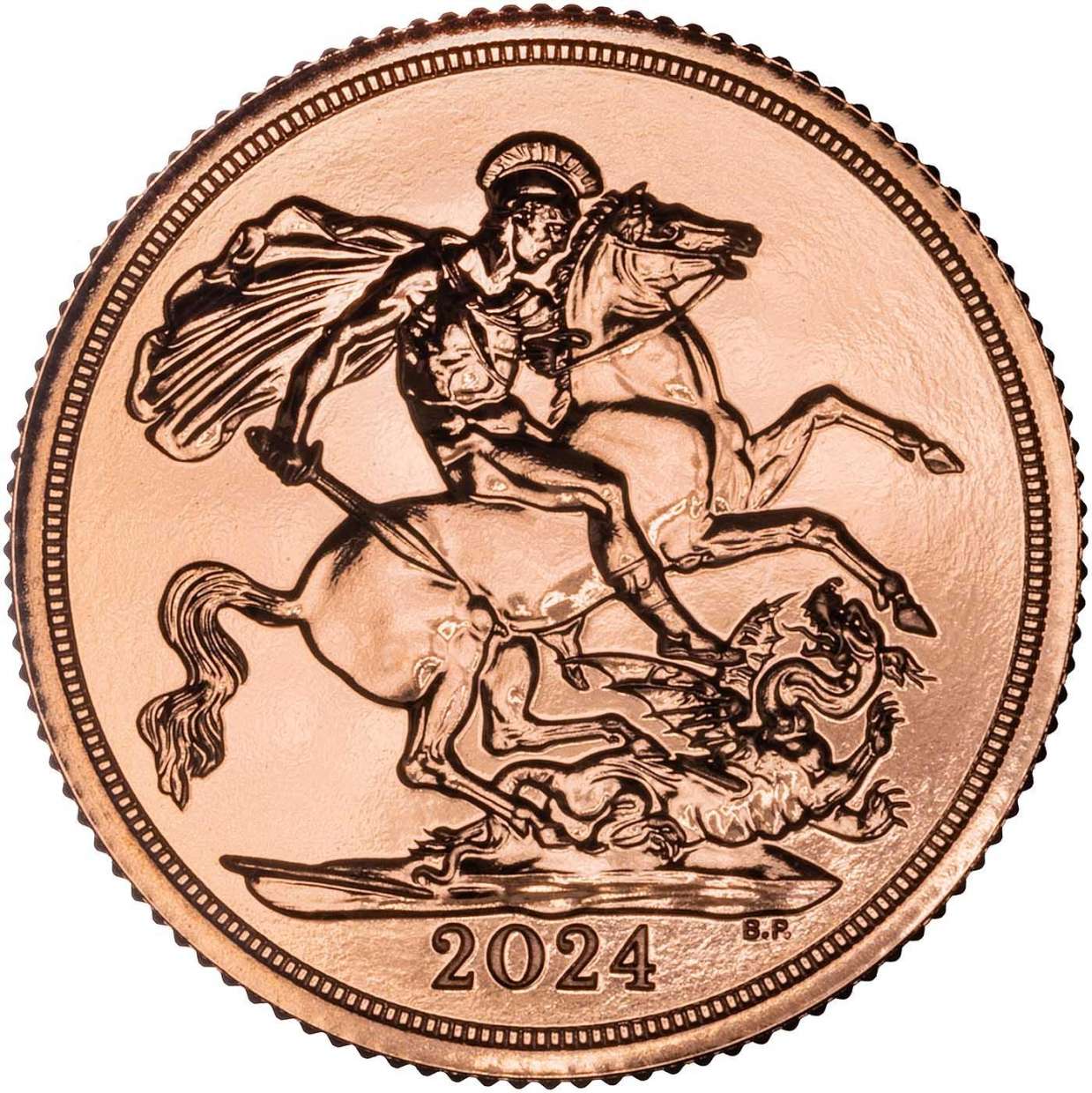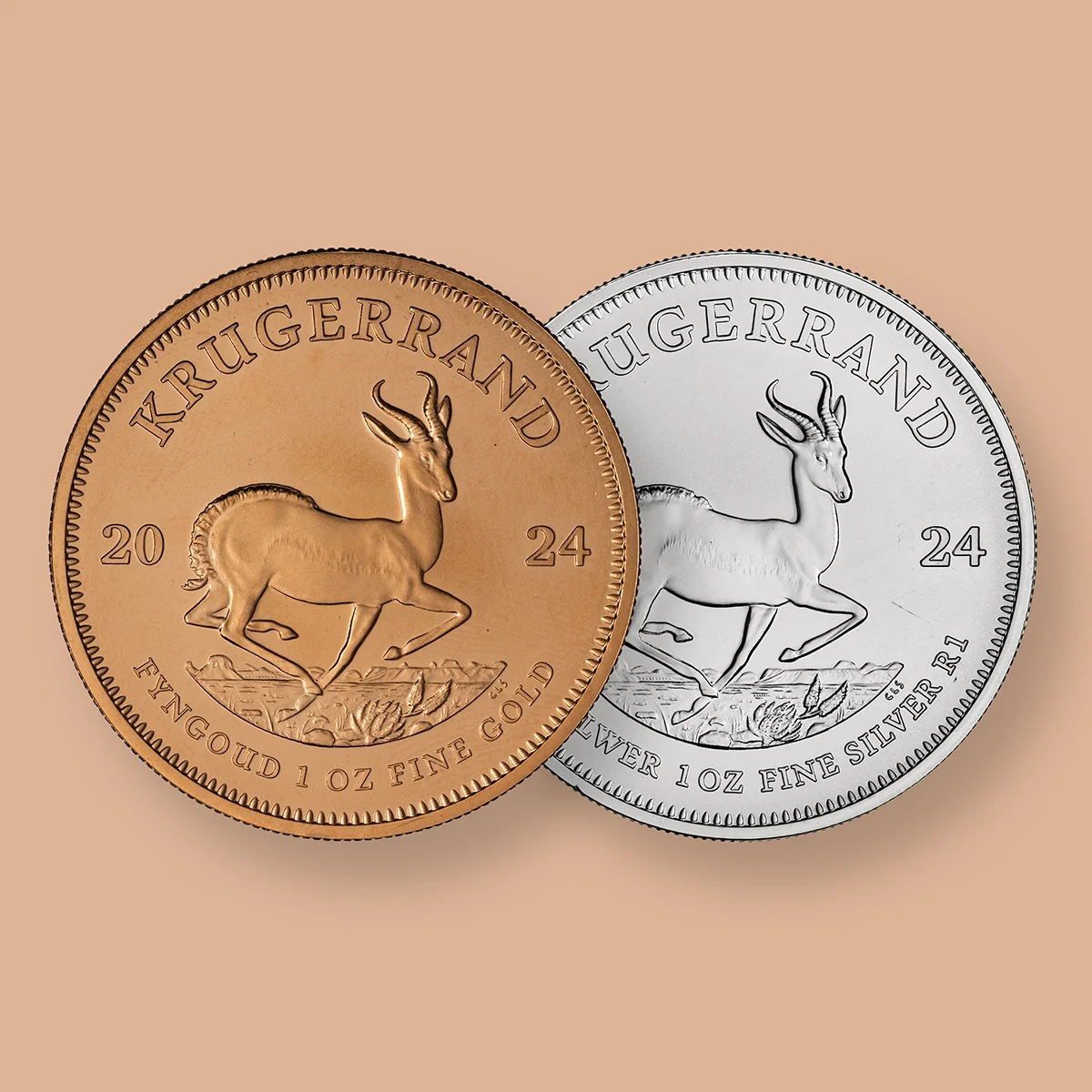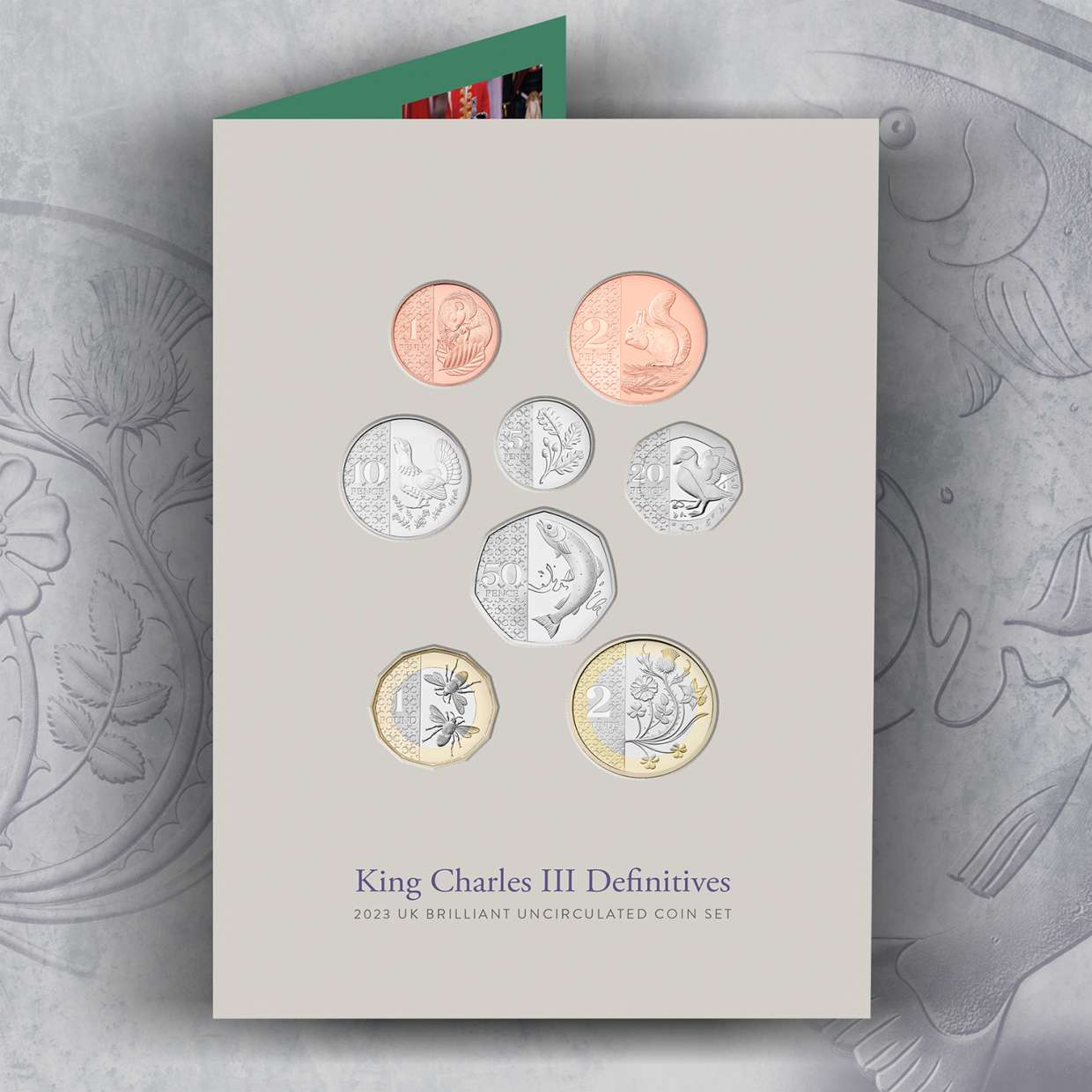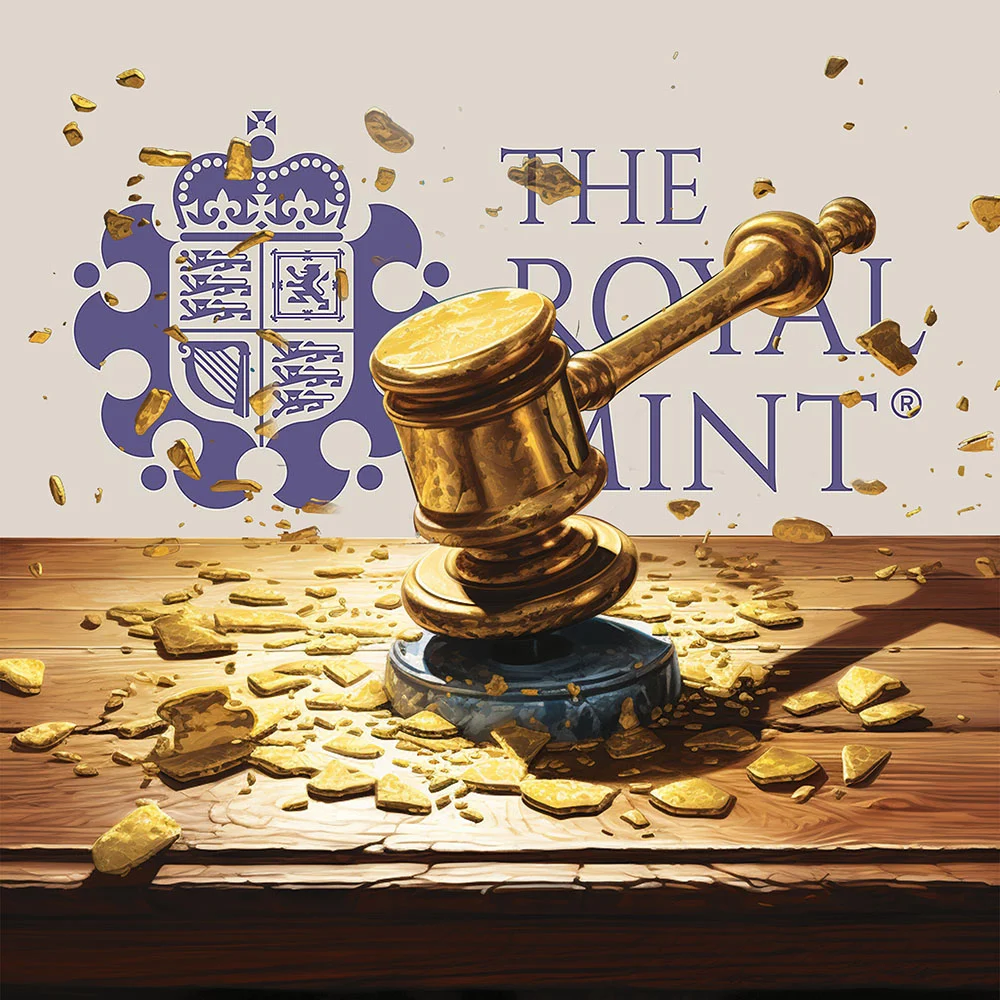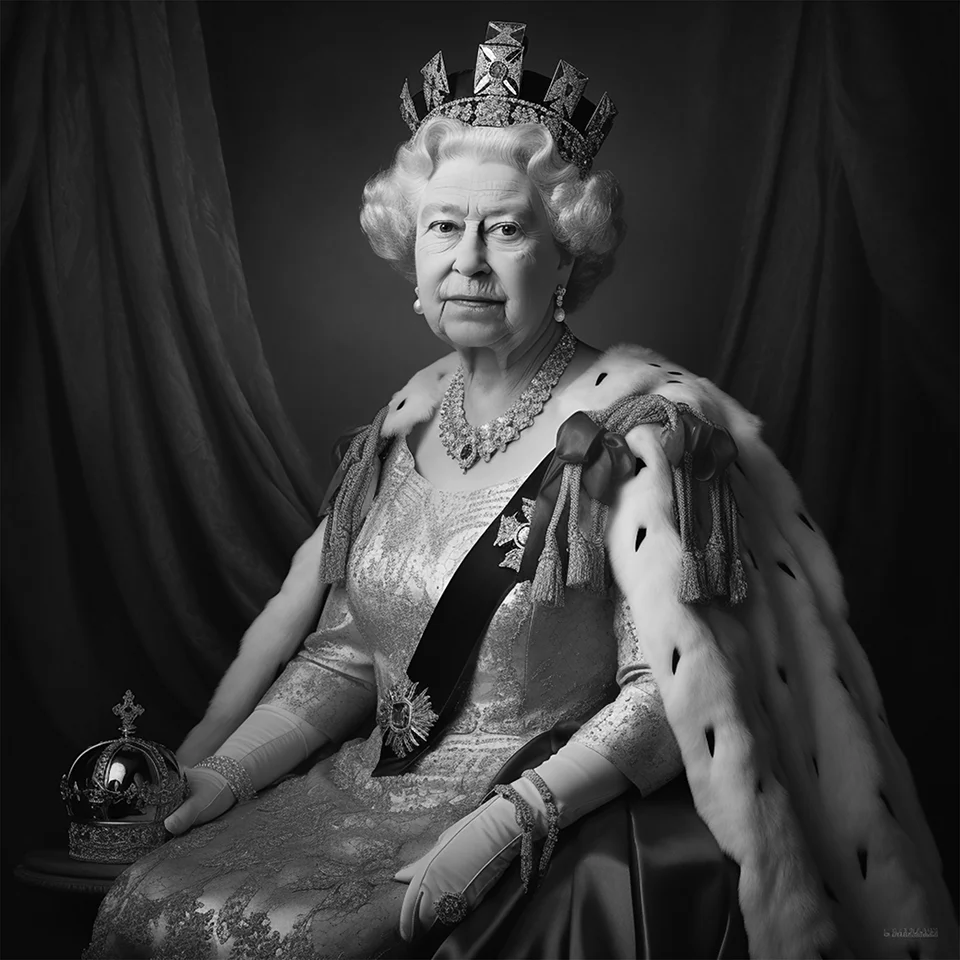The 5 Biggest Gold Heists of All Time
Synopsis
Are you ready for some high-stakes action? In this thrilling article, we explore the world of gold heists and the daring criminals who have risked everything to get their hands on this coveted metal. From a group of armed robbers who made off with three tonnes of gold bars to the Japanese army's invasion of China in 1937 that led to the theft of 6,600 tonnes of gold. These audacious heists have resulted in enormous quantities of gold being stolen, often valued at billions of pounds.

Key Takeaways
- The top 5 gold heists of all time are the Brink's-Mat robbery, British Bank of the Middle East heist, Spanish looting of the New World, Nazi Germany Gold Plunder, and the Invasion of China.
- Gold has been a symbol of wealth and power throughout human history, and has led to wars and conquests.
- Gold heists serve as a reminder of the importance of security measures and regulations in preventing such crimes from occurring in the first place.
The Biggest Gold Heists In History
Throughout human history, gold has been a coveted metal, seen as a symbol of wealth and power. Nations and empires have fought wars, waged conquests, and engaged in conflicts to acquire and hoard gold. However, some individuals and groups have taken a more daring approach to acquiring gold - through heists. These audacious raids and robberies have resulted in massive amounts of gold being stolen, often worth billions of pounds. This article explores the five biggest gold heists of all time, including their background, execution, and aftermath.

5) The Brink's-Mat Robbery (1983)
Stolen: 3 tonnes of gold bullion, diamonds, and currency
Value: £26 million (£154+ million in 2023)
The first heist on our list is the Brink's-Mat robbery, which took place in London, UK, in 1983. A gang of six men broke into a warehouse belonging to the Brink's-Mat security company, posing as policemen. They were armed with shotguns and other weapons, overpowered the security guards, tied them up, and stole 3 tonnes of gold bars. These robbers received inside information from a security guard named Anthony Black, who worked at the warehouse and knew the location of the safe where the gold was stored. Black was promised a share of the loot but was later caught and confessed to his involvement in the heist. He also revealed the identities of some of the other robbers.
One of the biggest hurdles that the gang faced was how to transport and sell the stolen gold, which was too heavy and conspicuous to be easily transported or sold. The gang turned to a senior crime boss known as "The Fox," who had the connections to smelt down the gold and distribute it through the appropriate channels. The Fox enlisted the help of a jeweler named Solly Nahome, who agreed to sell the smelted-down gold.
However, the gang's attempts to convert the gold into cash were eventually discovered by the authorities, who launched an investigation. Several members of the gang, including Black, were arrested and convicted for their involvement in the heist. The majority of the stolen gold was never recovered, and the other four members of the gang were never caught.

4) British Bank of the Middle East Heist (1976)
Stolen: 12 tonnes of gold bullion, silver, platinum, gemstones, and foreign currency
Value: Consisting of $50 million worth of gold and an additional $160 million worth of other assets (£775+ million in 2023)
Taking the second heist spot on our list is the British Bank of the Middle East heist, which took place in Beirut, Lebanon, in 1976. A group of robbers, associated with Yasser Arafat's Palestine Liberation Organization (PLO), took advantage of the political chaos and civil unrest in Lebanon to steal 12 tonnes of gold bars, as well as other valuable assets.
Robbers used explosives to break into the bank's vault and loaded the gold and other assets onto trucks. They managed to escape without being caught and fled to different countries with their loot. The heist was a major embarrassment for the British Bank of the Middle East and the Lebanese government, which had failed to provide adequate security for the bank.
Following an investigation into the heist, the complexity of the case was further compounded by the involvement of the PLO and its links to other terrorist organisations. Additionally, authorities were also hindered by the fact that the robbers had fled to different countries and were difficult to track down.

3) Spanish Looting of the New World (1516-1650)
Stolen: 181 tonnes of gold, 16,000 tons of silver, and jewellery
Value In 2023: (£9.3+ billion in gold & 10.3 billion+ in silver)
Coming in at number three on our list is the Spanish looting of the New World, which took place between 1516 and 1650. The Spanish conquistadors systematically destroyed and looted the ancient civilizations of the Aztecs and Incas, taking everything of value they could find, including gold, silver, and other precious metals and stones.
By transporting the gold and other valuable assets back to Spain via ships, the Spanish became the wealthiest and most dominant nation in Europe during that period. The act of plundering gold and other valuable resources had a notable effect on the Spanish economy, which resulted in a drastic 500% surge in prices throughout Europe. This was due to the inflow of gold and silver bullion imports to Spain.
The Spanish also used the looted gold to fund their wars and conquests, which helped them maintain their dominance over the New World. In addition, the indigenous peoples of South America and Mexico were decimated by the Spanish conquests, and their cultures and societies were forever changed.

2) The Nazi Germany Gold Plunder (1939-1945)
Stolen: 1038 tonnes of gold
Value: $550 million in gold (£53+ billion in 2023)
The Nazi regime, led by Adolf Hitler, executed a policy of looting the assets of countries, companies, and private citizens by collecting looted assets in central depositories and transferring the gold bullion to overseas banks.
This looting of gold and other assets was intended to finance the Nazi war effort and to enrich Nazi officials and their collaborators. It is estimated that the Nazi regime looted $550 million in gold from foreign governments alone, including $223 million from Belgium and $193 million from the Netherlands. Aforementioned statistics do not take into account the large amounts of gold items, such as instruments, jewelry, and even teeth, that were forcibly taken from individuals held captive in Nazi concentration camps.
Overall, the Nazi gold plunder had a profound impact on the victims of the war, many of whom lost their homes, businesses, and personal possessions to the Nazi regime. Looted gold and other assets were also used to finance the Holocaust, which claimed the lives of millions of people, including six million Jews.
Efforts to recover the looted gold and other assets were complicated by the aftermath of the war and the lack of accountability for Nazi officials and collaborators. Although some of the looted gold was recovered after the war, much of it remained hidden or lost, making it a subject of fascination and speculation.

1) The Invasion of China (1937)
Stolen: 6,600 tonnes of gold bullion, silver, and precious gemstones
Value In 2023: (£339+ billion)
Our list concludes with the Invasion of China, which took place in 1937 during the Second Sino-Japanese War. The invasion was carried out by the Imperial Japanese Army, led by Prince Chichibu, the younger brother of Emperor Hirohito. Under the directive of the Golden Lily operation, the Japanese army conducted a covert mission to plunder China of its riches, which encompassed cash, gems, China's gold coins, precious metals, and gold bullion.
Through a full-fledged operation, the Japanese army carried out the plundering of China, resulting in the looting of more than 6,600 metric tonnes of gold bullion, silver, and precious gemstones. The gold bullion hoard was much more than expected, making the Japanese Invasion of China the biggest gold heist ever recorded.
To conclude, the impact of the Japanese Invasion of China was devastating for the Chinese people, who were subjected to brutal occupation and exploitation by the Japanese army. Efforts to recover the looted gold and other assets have been complicated by the political and historical context of the war and the lack of accountability for Japanese officials and collaborators.

The Enduring Legacy of Gold Heists
In conclusion, the five biggest gold heists of all time highlight the lengths that some individuals and groups will go to acquire wealth and power. These daring raids and robberies have often resulted in massive amounts of gold being stolen, sometimes worth billions of dollars. However, the impact of these heists extends far beyond the immediate financial gain. They often have profound consequences for the victims and society as a whole, leaving scars that can last for generations.
Gold heists also serve as a reminder of the importance of security measures and regulations in preventing such crimes from occurring in the first place. The Brink's-Mat robbery, for example, exposed weaknesses in security procedures and led to significant improvements in the industry. Similarly, the Nazi gold plunder and the Invasion of China underscore the importance of ethical and legal frameworks in preventing abuses of power and wealth.
Finally, the legacy of gold heists underscores the enduring allure of gold as a symbol of wealth and power. Despite its potential for destructive and exploitative behavior, gold remains an enduring symbol of human achievement and aspiration, inspiring generations of people to seek their fortune and make their mark on the world.
Related Articles
This guide and its content is copyright of Chard (1964) Ltd - © Chard (1964) Ltd 2024. All rights reserved. Any redistribution or reproduction of part or all of the contents in any form is prohibited.
We are not financial advisers and we would always recommend that you consult with one prior to making any investment decision.
You can read more about copyright or our advice disclaimer on these links.


